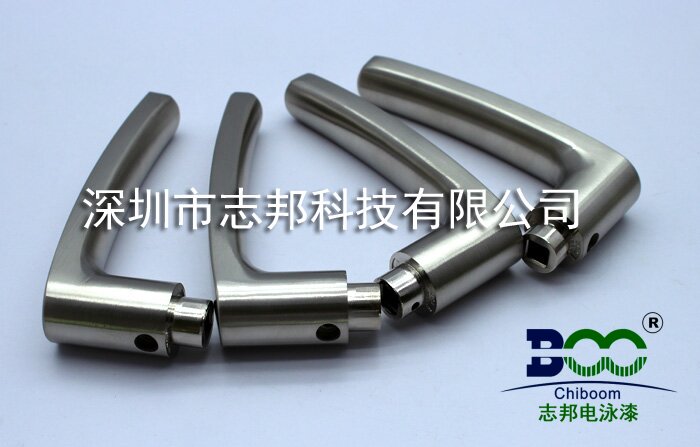Cathodic electrophoretic paint
Cathodic electrophoretic paint
This article explores the development, applications, and future prospects of cathodic electrophoretic paint, a high-performance and environmentally friendly coating material.
I. Introduction
Cathodic electrophoretic paint, as a coating material with excellent performance and environmental friendliness, has gained widespread applications in industries such as automobiles, household appliances, and construction. Its unique electrophoretic coating technology not only improves the corrosion resistance of coatings but also endows them with excellent appearance and texture. This article will delve into the development process, application fields, and future development prospects of cathodic electrophoretic paint.
II. Development of Cathodic Electrophoretic Paint
The development of cathodic electrophoretic paint involves three main steps: raw material processing, chemical reaction, and product refinement. Firstly, the raw materials need to undergo preprocessing such as purification, concentration, and mixing to meet the requirements of chemical reactions. Subsequently, under specific conditions such as temperature and pressure, the pretreated raw materials undergo chemical reactions to generate the desired product or mixture. Finally, through separation, impurity removal, and other refinement processes, the cathodic electrophoretic paint product that meets the requirements is obtained.

The selection of raw materials is crucial in the development of cathodic electrophoretic paint. Commonly used raw materials include epoxy resin, ether alcohol compounds, isocyanates, etc. Among them, epoxy resin, as the base resin, directly affects the coating properties of cathodic electrophoretic paint. Meanwhile, isocyanates, as curing agents, have a significant impact on the hardness, weather resistance, and other properties of coatings based on their types and dosages.
III. Applications of Cathodic Electrophoretic Paint
Cathodic electrophoretic paint has extensive applications in various fields, including automobiles, household appliances, and construction.
Automobile Industry: Automobile manufacturers often utilize cathodic electrophoretic paint for corrosion protection of car surfaces. The coating formed by cathodic electrophoretic paint possesses excellent corrosion resistance, wear resistance, and weather resistance, effectively protecting the car surface from external environmental erosion. Additionally, the coating also enhances the texture and aesthetic appeal of the car body, making it more appealing.
Household Appliances: Cathodic electrophoretic paint also finds widespread applications in the household appliances industry. It enables household appliances to be more environmentally friendly, wear-resistant, rust-resistant, and freeze-resistant. Specifically, in kitchen appliances and bathroom appliances, the corrosion resistance of cathodic electrophoretic paint is particularly crucial.
Construction Industry: In the construction industry, cathodic electrophoretic paint is extensively used for anti-corrosion coating treatment of various steel structures. Its excellent corrosion resistance and durability effectively extend the service life of steel structures and enhance the overall performance of buildings.
IV. Future Prospects of Cathodic Electrophoretic Paint
With the increasing awareness of environmental protection and technological advancements, the application prospects of cathodic electrophoretic paint will become broader. In the future, the development of cathodic electrophoretic paint will focus more on environmental protection and sustainable development, aiming to reduce environmental impact through optimizing raw material selection and formula design. Additionally, with the development of automation and intelligent technology, the production process of cathodic electrophoretic paint will become more efficient and intelligent, reducing production costs and improving production efficiency. Furthermore, as emerging industries such as new energy vehicles and smart homes rapidly develop, the applications of cathodic electrophoretic paint in these fields will gradually increase.





 WeChat
WeChat